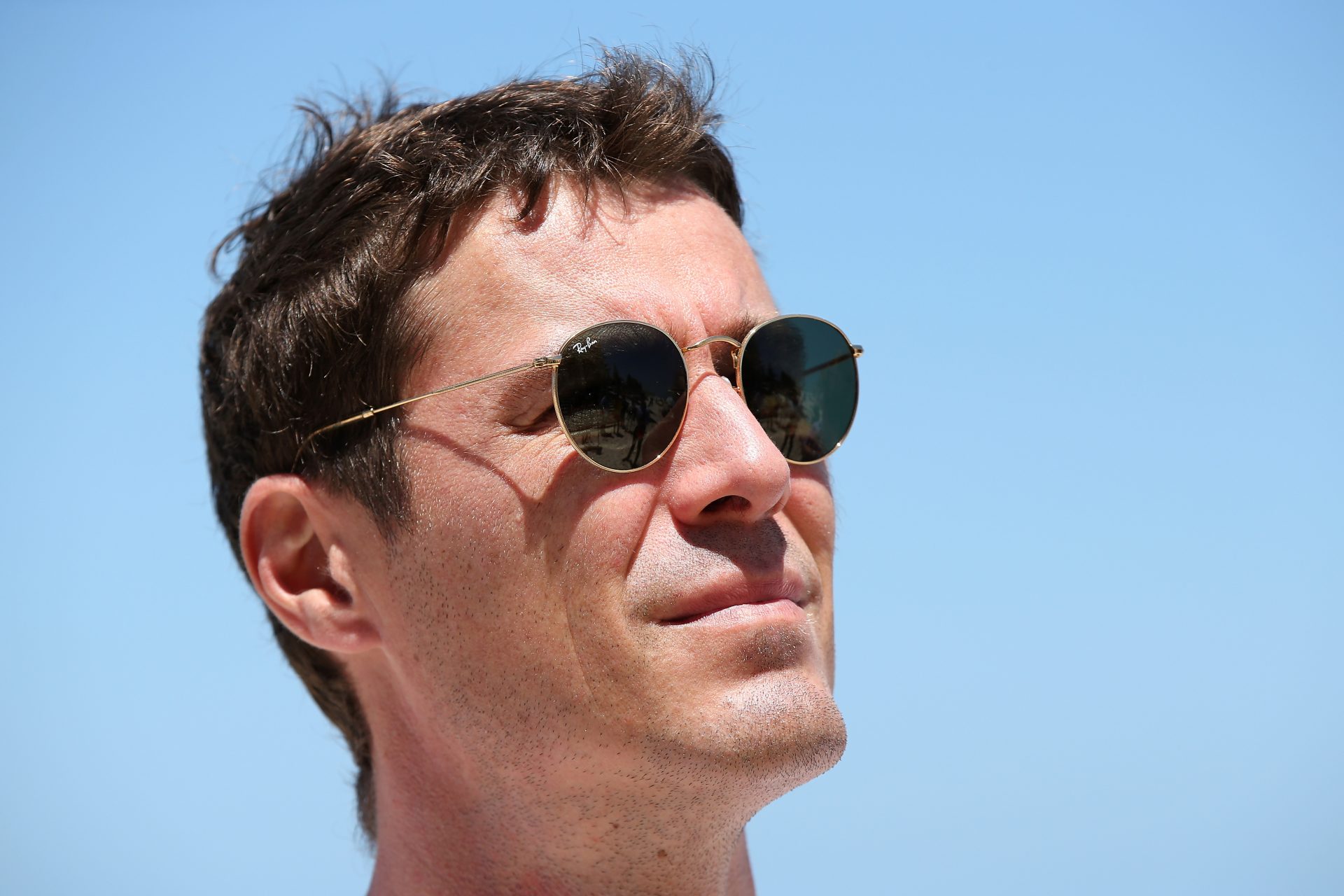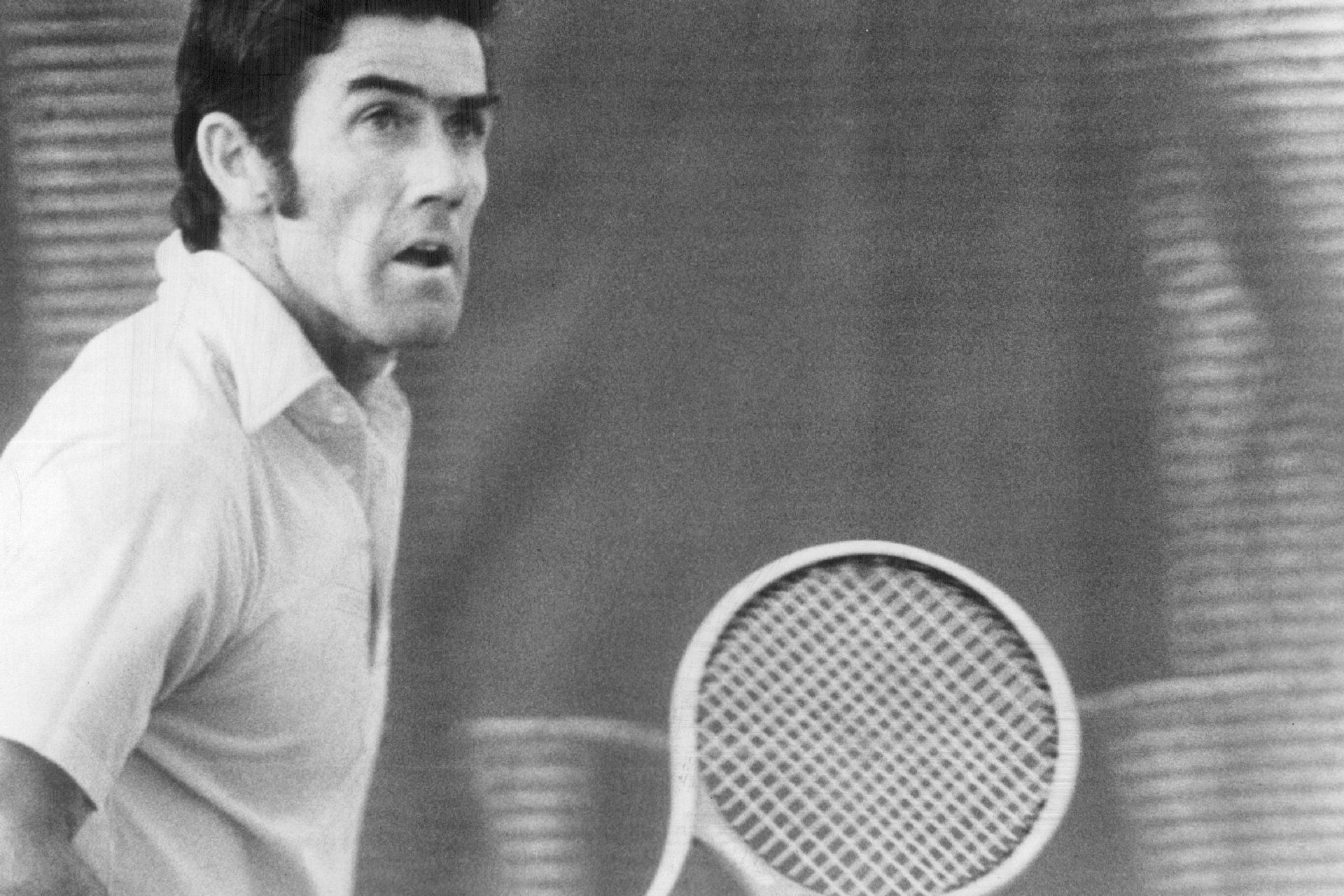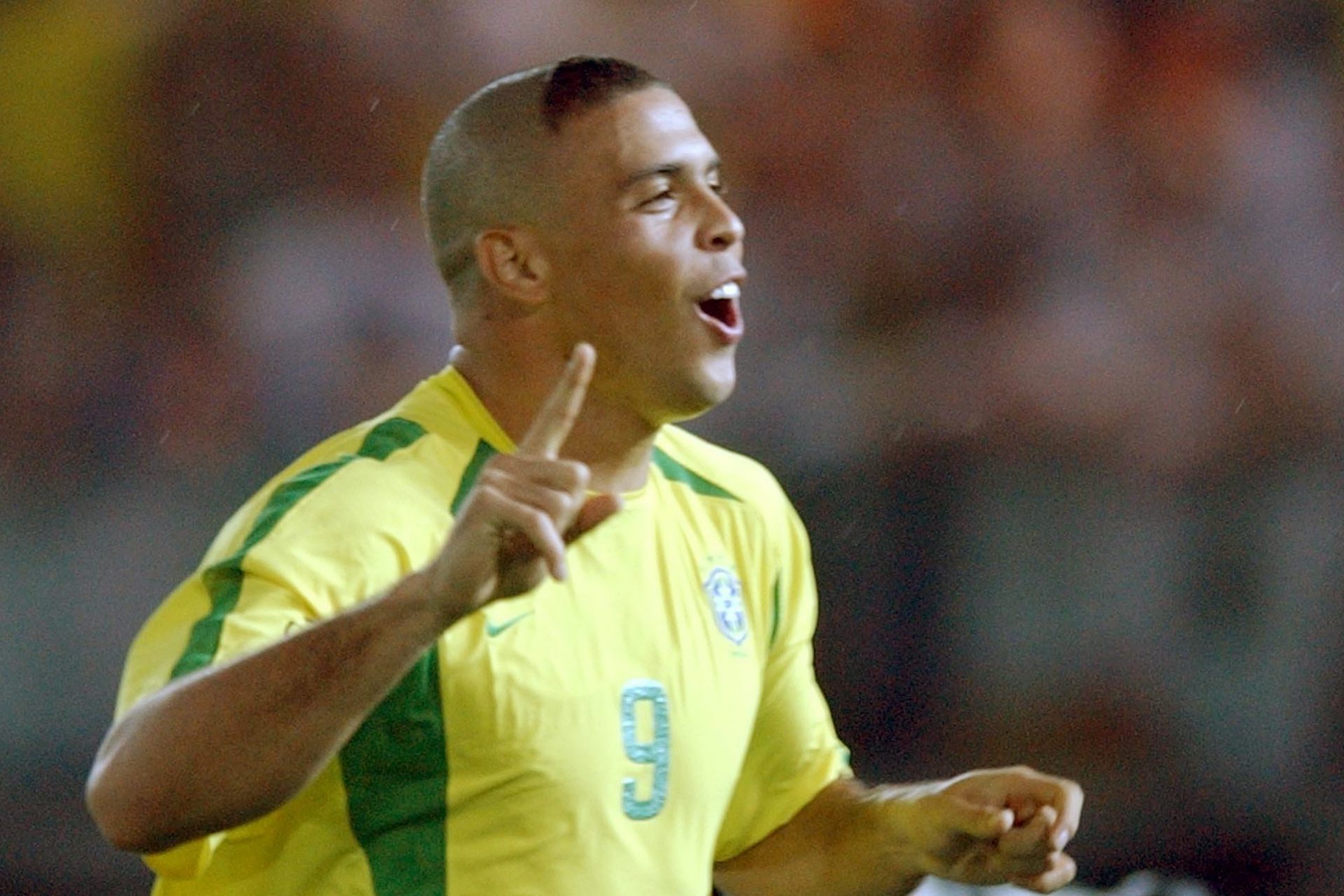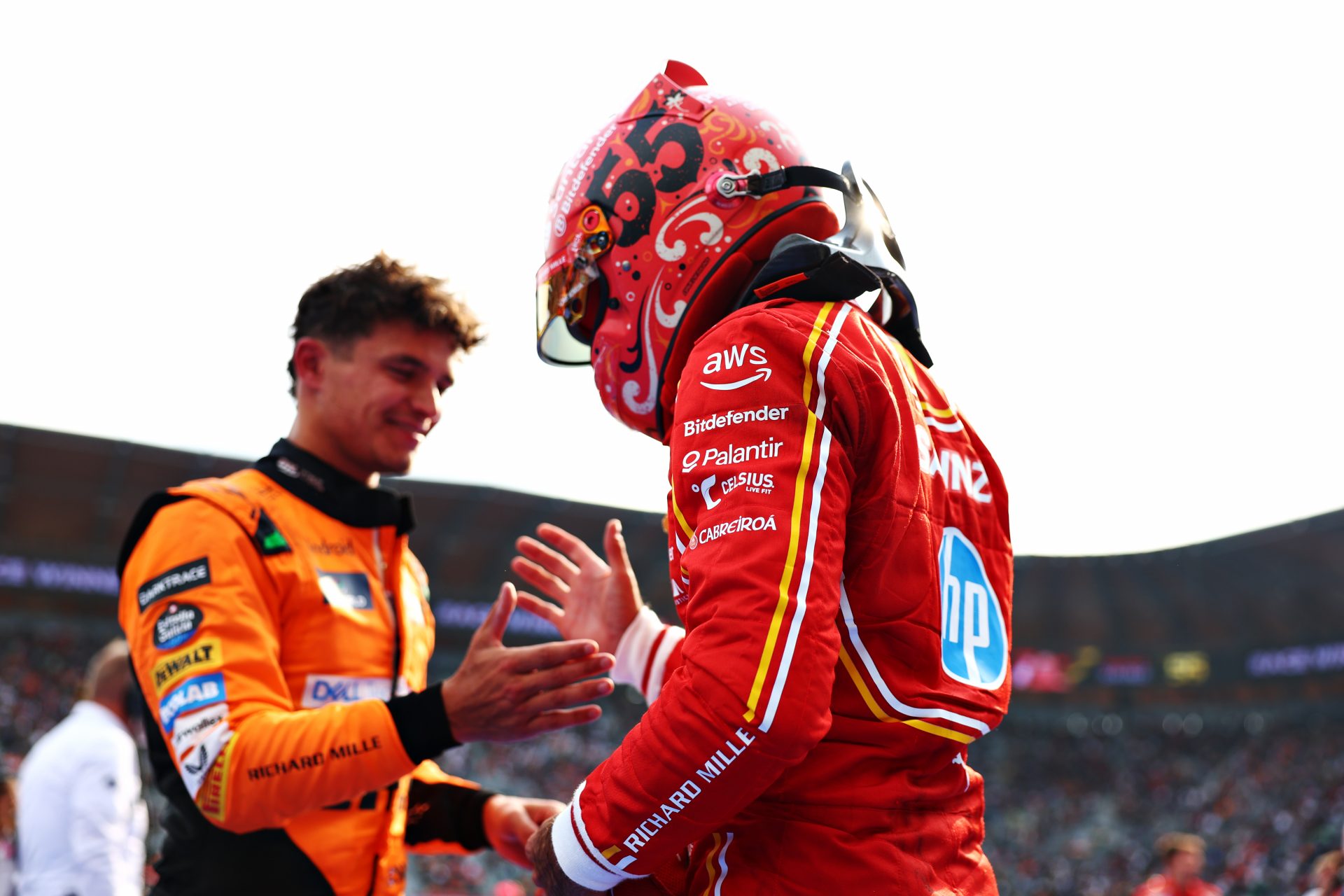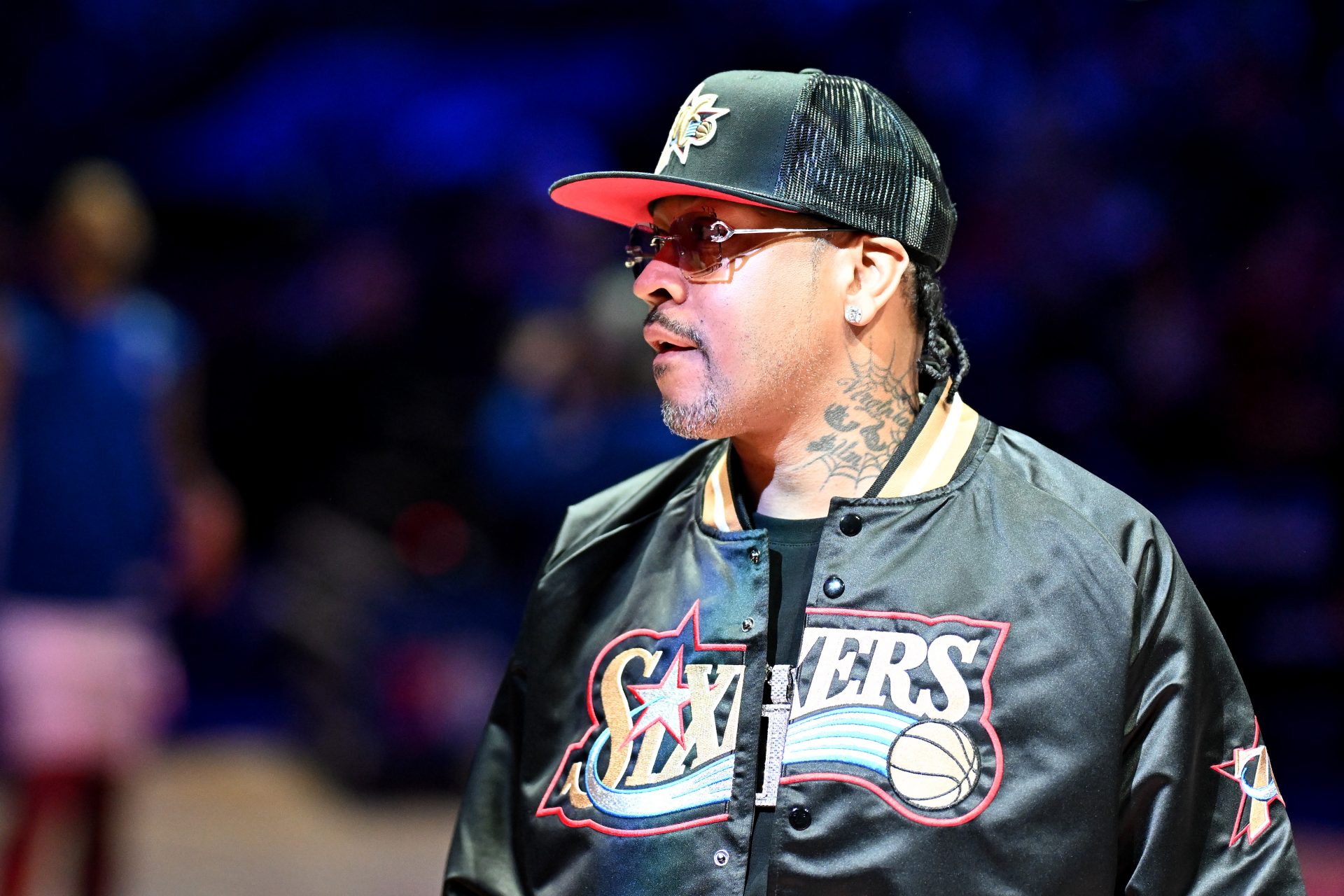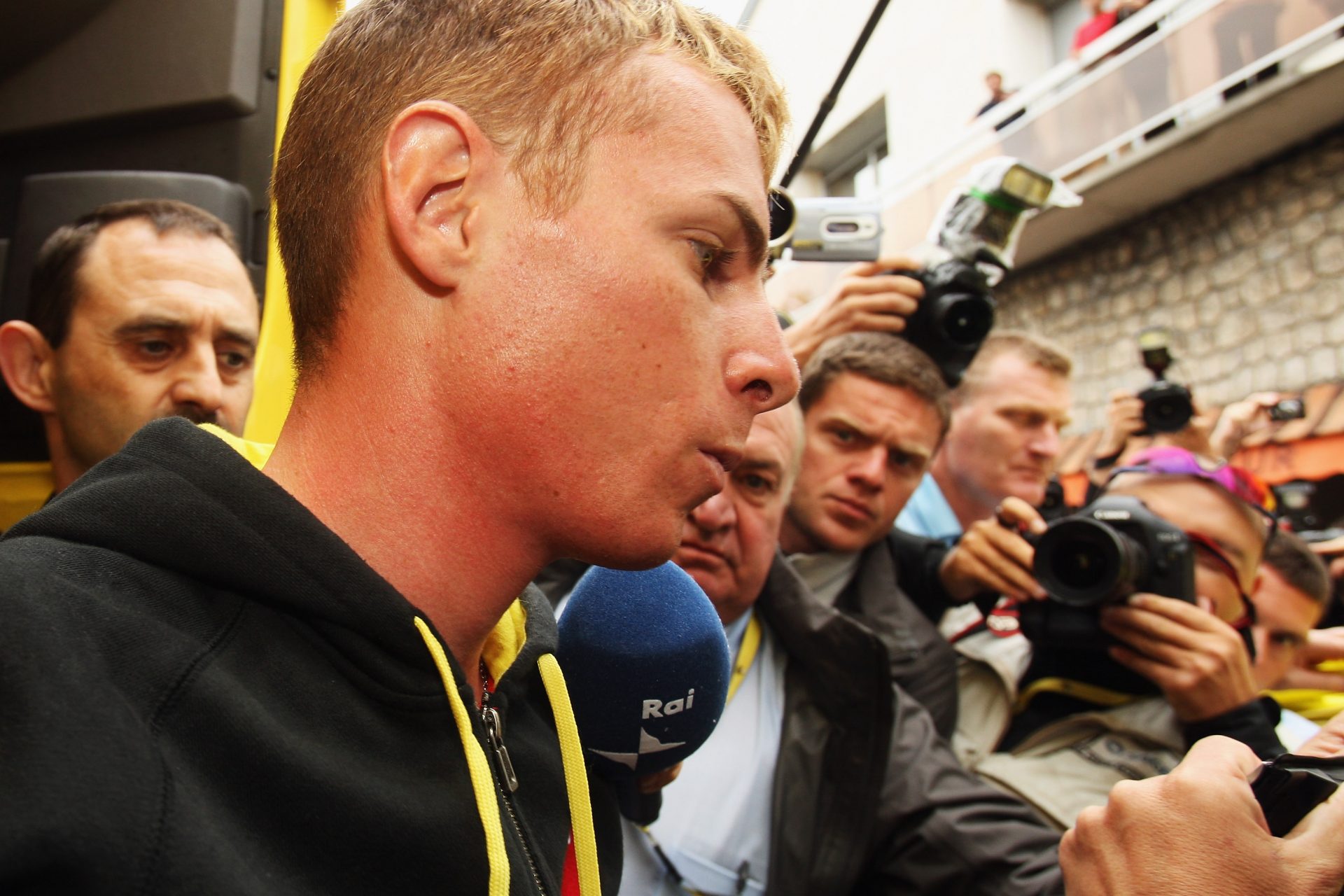The slapshot is dying and why that's making hockey boring for you
Do you remember when hockey was actually fun to watch? Blueliners were a little more scrappy, the boards didn’t project digital advertisements onto the ice, and the slapshot was still the king of the rink.
The occasional howitzer still pops up from time to time of course, especially with some of the old breed who still enjoy ripping bombers from the blueline. But by-and-large the stand-alone slapshot has disappeared as an effective offensive tool in today's hockey.
Back in 2019, Veteran Dallas Stars defender John Klingberg gave his perspective on why the snapshot has been curiously absent in recent seasons.
“You want to shoot the puck as hard as you can,” Klingberg said during a podcast with 31 Thoughts hosts Elliotte Friedman and Jeff Marek, “but it’s tough nowadays to have time enough to shoot slapshots. You want to have a quick and good release with your wrist shot.”
But getting that quick shot off is increasingly impossible with the new way coaches are utilizing their players on the ice.
Today’s hockey is more about conditioning players to maximize speed, and gameplay tactics have evolved into ones that put constant pressure on the puck rather than allowing more open space to drive the puck into the endzone and create offensive plays.
“Most teams are playing some sort of a pressure format or pressure system,” Pittsburgh Penguins coach Mike Sullivan said in an interview with theathletic.com, “Usually that’s going to limit time and space on the puck carrier.”
“So in a lot of instances, there might not be an opportunity to take the time for a big windup and a bomb from the blue line, for example,” Sullivan said, and his opinion is backed up by statistics from the National Hockey League (NHL).
The NHL first started tracking slapshots by type back in the 2009-2010 season and registered 17,490 shots across all teams.
By the 2020-2022 season, that number had fallen to just 10,693 slapshots.
The drop in slapshot numbers isn’t entirely due to changing gameplay, though. A revolution in stick design has allowed players to swap out the slapshot for the far more accurate wrist shot.
Ray Ferraro, one of the 1980s and 1990s hockey legends, and current ESPN analyst has commented on the impact wooden sticks had in his era and how they limited a player's ability to make an accurate wrist shot.
“If you were 35 feet away, you couldn’t score on a wrist shot unless you were Brett Hull. Or somebody of that nature. You just couldn’t,” Ferraro said.
“Now, the technology allows guys to score from 30 feet,” Ferraro went on to say, “You’ve still got to get it by the goalies, who are bigger and better. But you can actually score. You can get it up there, under the bar. When you were shooting with a wooden stick, you couldn’t do that. It was a waste of time.”
Wristshots are also a far more accurate tool for the offense because they allow offenders to redirect their trajectory at the net, something that isn’t really possible with slapshots.
“Those quick wristers are the new way of getting shots through,” said Bruins defenseman Hampus Lindholm in an interview with theathletic.com.
A wayward shot can be redirected toward the net, something that isn’t really possible with a slapshot, and an accurate wrister can be tipped in by other players to get around having a shot blocked by a goalie’s accurate read.
Now that players are wearing far more protection, blocking the path of a slapshot has become an increasingly effective way to shut down the play and even provide an opposing breakaway opportunity.
In the end, the slapshot may just be an outdated mode of scoring when compared to other ways of getting the puck in the net, even their absence takes away from the fun of watching the game.
More for you
Top Stories
























